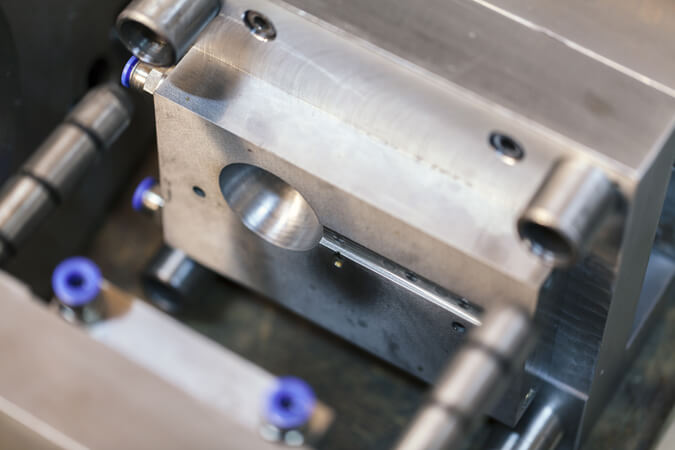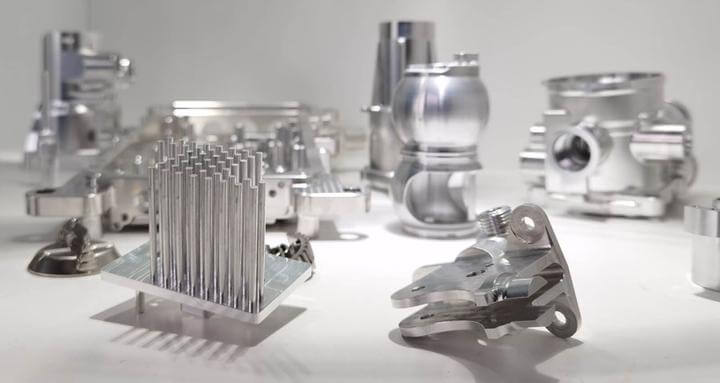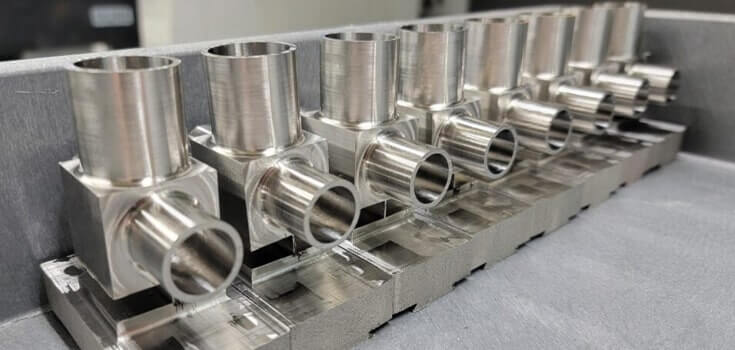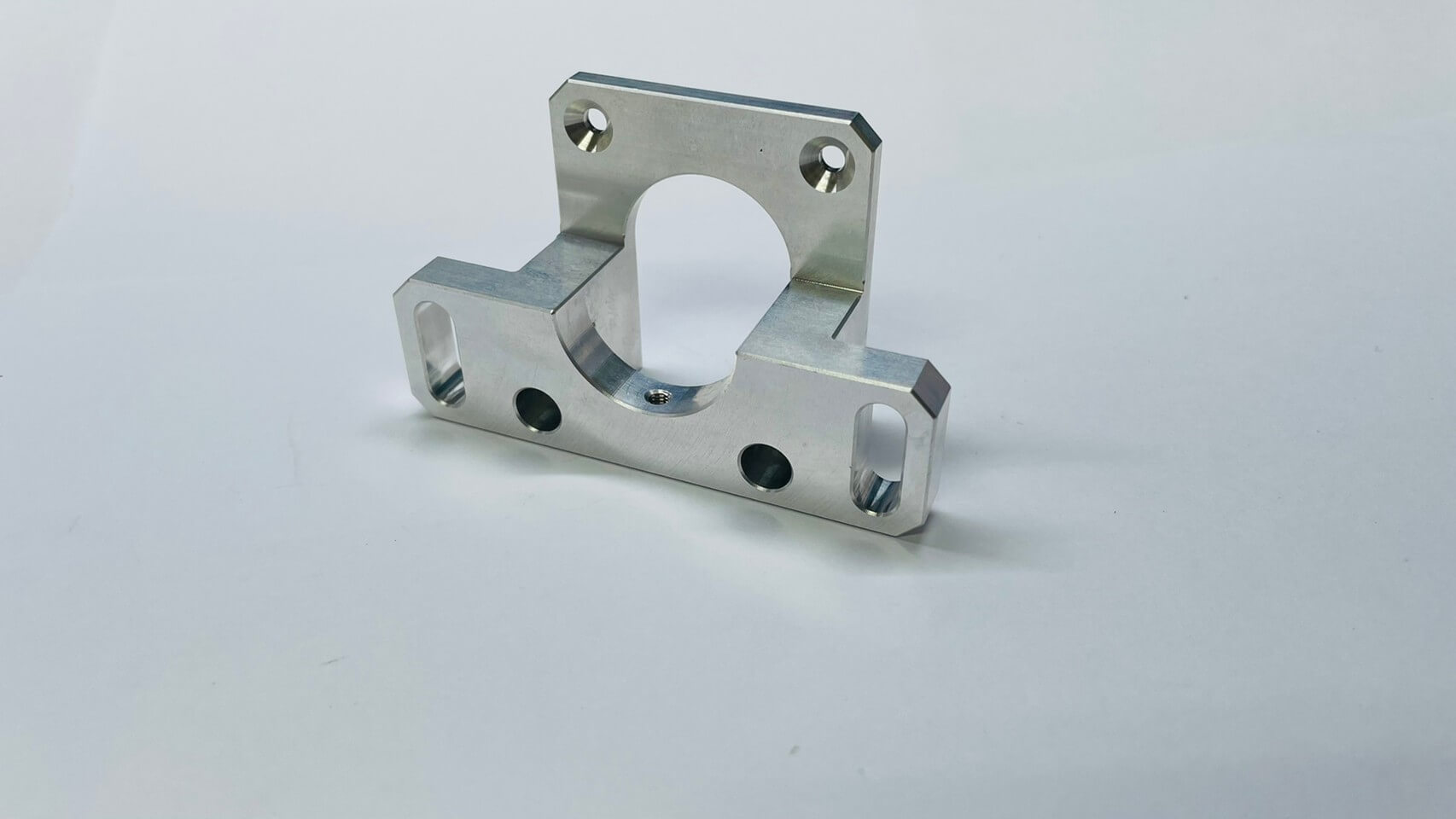Aluminum CNC Manufacturing: Exploring Different Technologies
Aluminum CNC manufacturing has come a long way in recent years thanks to advances in technology. These advances have allowed aluminum parts and components to be produced with greater precision, efficiency, and versatility.
In this article, we will explore some of the different technologies used in aluminum CNC manufacturing today.
1.Computer-Aided Design (CAD) and Computer-Aided Manufacturing (CAM) Software
One of the most notable advances in aluminum CNC manufacturing is the use of computer-aided design (CAD) and computer-aided manufacturing (CAM) software. These software programs allow engineers and designers to create detailed 3D models of the desired part or assembly. The software then generates the necessary tool paths and instructions for the CNC machine to follow. This eliminates the need for manual programming and greatly reduces the potential for human error.

2.High-Speed Machining (HSM) Technology
Another technology that has revolutionized aluminum CNC manufacturing is the use of high-speed machining (HSM) technology. HSM involves the use of specialized cutting tools and techniques to remove material at a much faster rate than traditional machining methods. This can reduce production time and increase productivity.
Additionally, HSMs can produce parts with smoother surface finishes and tighter tolerances, resulting in higher quality products.
3.Multi-axis CNC machines
In recent years, there has been an increasing trend towards the use of multi-axis CNC machines in aluminum manufacturing. Since these machines are able to move the cutting tool along multiple axes simultaneously, more complex part geometries can be machined.
At the same time, this new technology also opens up new possibilities for designers and engineers, as they can now manufacture parts with features that were previously impossible to manufacture, providing more outstanding parts for real life.

4.Additive manufacturing
An increasingly popular technology in aluminum CNC manufacturing is additive manufacturing, also known as 3D printing. Additive manufacturing involves building parts layer by layer using a variety of materials, including aluminum. The technology offers several advantages over traditional machining methods, including the ability to create complex geometries and reduce material waste.
However, it is worth noting that 3D printing is still in its early stages in aluminum manufacturing and is not yet suitable for all applications.
5.Robotic automation
Another technology used in aluminum CNC manufacturing is the use of robotic automation. Robotic arms can be programmed to perform a variety of tasks, including loading and unloading parts, changing tools, and performing quality inspections. This not only increases efficiency, but also improves worker safety by reducing the need for physical labor in potentially hazardous environments.
6.Cutting Tool Technology
Advances in cutting tool technology have greatly improved the efficiency and effectiveness of aluminum CNC manufacturing. High-performance cutting tools, such as carbide and diamond-coated tools, can withstand the high speeds and high temperatures required for aluminum machining. These tools can also extend tool life and improve surface finish, resulting in higher-quality parts.

In summary, advances in technology have greatly improved the capabilities of aluminum CNC manufacturing. From CAD/CAM software to high-speed machining technology, multi-axis CNC machines, additive manufacturing, robotic automation, and advances in cutting tools, these technologies have revolutionized the industry. As technology continues to advance, we can expect more exciting developments in aluminum CNC manufacturing in the future.
